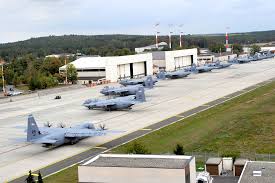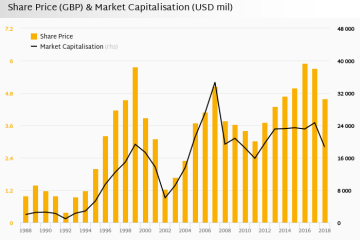The Importance of Bagram Air Base in Military History

Introduction
Bagram Air Base, located in Afghanistan, has been a crucial site for military operations since its establishment. Its strategic location has made it a pivotal location for both U.S. and NATO forces, shaping not only the war in Afghanistan but also broader geopolitical dynamics in the region.
Historical Significance
Originally a Soviet base during the 1980s, Bagram became a key asset for U.S. military operations following the September 11 attacks in 2001. Its expansive runway and proximity to Kabul allowed it to serve as a principal hub for air support and troop movement. Over the years, it transformed into a fully functioning military town, complete with housing, medical facilities, and operational centres, further solidifying its importance.
Recent Developments
After the U.S. withdrawal from Afghanistan in August 2021, Bagram was handed back to Afghan forces, marking a significant turning point in the region. Despite the handover, the base continues to be a topic of discussion among military analysts and geopolitical experts, primarily regarding its implications for the future stability of Afghanistan and the surrounding region. Reports suggest that remnants of U.S. military technology and equipment were left behind, raising concerns about their potential use by Taliban forces.
Current Relevance
The situation surrounding Bagram Air Base remains fluid. As geopolitical tensions heighten, particularly concerning the Taliban’s control over Afghanistan, Bagram’s role may evolve. Observers note that the establishment of intelligence and surveillance capabilities near the base could serve as a deterrent to regional threats. Moreover, the base’s location will continue to interest foreign powers eyeing Afghanistan’s strategic significance.
Conclusion
Bagram Air Base embodies the complexities of modern military strategy and international relations. As the implications of its past continue to ripple through the socio-political landscape of Afghanistan, understanding its historical context and current relevance is essential for analysts and citizens alike. Looking forward, the evolving dynamics in this region will be pivotal in shaping not only Afghan policies but also international responses to emerging threats.









